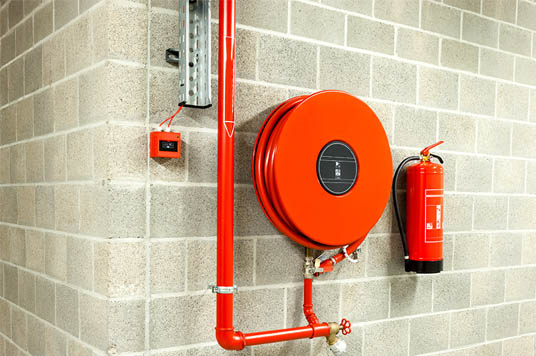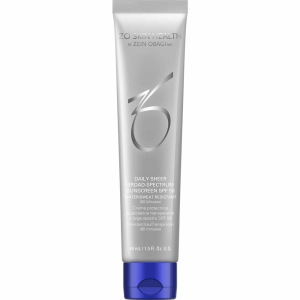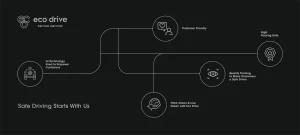Picking Up The Right High-Pressure Hose: Tips
2 min read
High-pressure hoses are used in industrial and commercial settings. These hoses provide pressurized water for various manufacturing processes or cleaning purposes. They are high-grade rubber and can last longer with regular maintenance. However, it would help if you always bought these devices from reliable fire fighting equipment suppliers in uae.
Consider the diameter:
When buying a hose, you should consider the diameter. A wider hose will have a larger diameter than a narrower one. This is to prevent kinking and damage. It would help if you also chose a hose with a collar at the spigot connection.
Consider length:
The length of a hose is also important. While buying the longest one possible may be tempting, it isn’t always the best choice. Long hoses are heavy and more difficult to handle and store. Plus, the water pressure is not the same at different lengths.
Consider the temperature:
High-pressure hoses are made to handle great pressure. It is important to choose the right one for your needs. Consider the temperature of the liquid forced through the hose and the working environment. This will affect the hose’s rubber inner lining and cover, as well as the temperature of the liquid itself. If either of these conditions changes, the hose may become damaged or ruined.
High-pressure hoses have reinforcements. Typically, spiraled wires wind around the tube in even-numbered layers. This helps balance the pressure forces inside. Most high-pressure hoses have at least six wire layers for reinforcement. In addition, spiral hoses are flexible, and braided hoses are made of textiles.
Consider the cross-section of the hose:
There are a few different factors to consider when buying high-pressure hoses. One thing to keep in mind is the cross-section of the hose. This measurement is important because a wider hose will flex less when bending or turning. It is also heavier, so you may want to get a hose with a smaller cross-sectional area.
Different hoses are designed to handle different types of pressure. Generally, a smaller diameter hose will be able to handle higher pressures. Also, when purchasing a hose, consider the temperature of the product and ambient temperature. If the temperature is too cold, the hose can become brittle.



